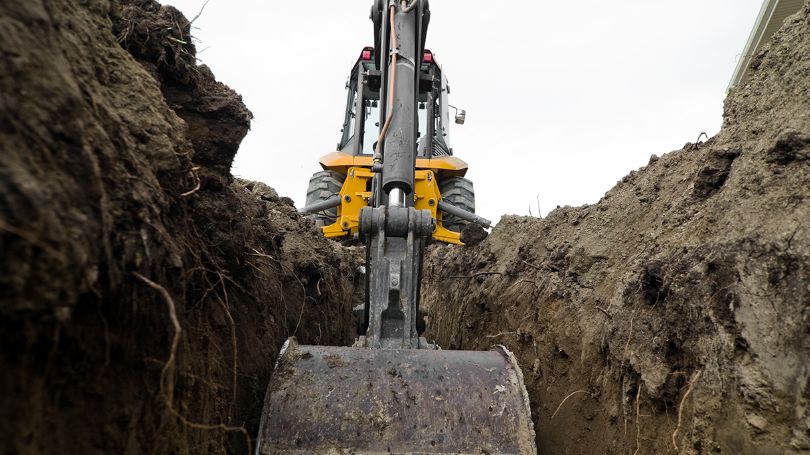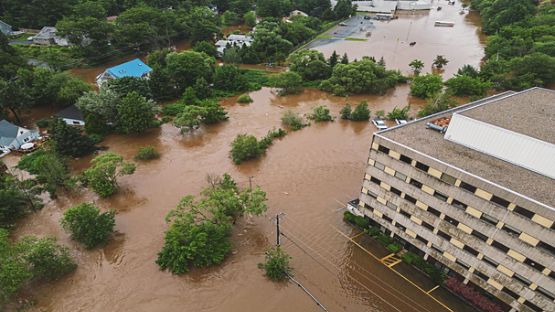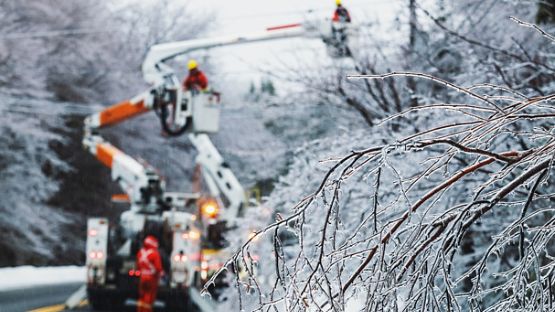Many construction projects start with excavation, and digging underground for a construction or landscaping project is a potentially hazardous activity.
Types of underground hazards
You have no way of knowing what is under the ground of your work site. That’s why it’s important to learn all you can about the potential hazards. There are numerous underground hazards that can seriously damage equipment or cause injury to unsuspecting construction workers. Gas lines and electric cables can cause fatal injuries if they explode or short when damaged. Cable, phone and sewer lines also run underground and damaging these lines can delay projects and result in costly unexpected repairs.
How to find out what is under your construction site
The preventive measures needed before digging underground really depend on the scope of the project. If you’re
simply planting a couple of trees for landscaping, hand digging and keeping your eyes open to any potential hazards may be all that’s required.
If carrying out major construction or renovation work, you should do the following to have a clear idea of what is underground before you start digging and to protect your work site:
1. Request locates
Utilities must be located and marked with a “locate” before excavation begins. According to the Electrical Safety Authority (ESA), when it comes to digging underground, a “locate” is the “identification on the ground of the position of the utility lines based on records or electronic locating equipment.”
Get in touch with your local “Call Before You Dig” office to request locates. Find the number for your area by visiting Click Before You Dig. You should know the municipal address and legal address of the property in question before you call.
2. Meet the requirements for the permit
Most importantly, get any applicable permits before you or your employees grab a shovel or start operating an excavator. You can minimize the chances of accidents when digging underground by going through the steps you need to complete to get a permit.
3. Research archival records when digging around historical properties
Before excavating, it is important to request any available old records of your work site that may indicate the location of service lines and other lines installed in the past. These records might not be offered in a digital format and could take some time to find.
4. Take note of above-ground markings and signs
Many underground mains and cables are marked using signs and other methods. However, you should never rely solely on the presence of a sign to determine where it’s safe to dig.
Protect your excavation site
Once you start digging, remember to set up barricades or fencing and proper safety lighting around the dig area to protect your workers and the public. You should also tag energy sources to identify any utilities that have been capped or cut off.
Cutting a cable line can result in the loss of service for customers and just nicking a pipe can cause a leak that will require evacuation of the immediate area. Avoid costly shutdowns by knowing the lay of the land and properly marking your site before you dig.
How commercial general liability insurance can help protect your business
The risks mentioned above are covered under Commercial General Liability (CGL) insurance. This insurance protects your business against costs incurred due to third party injuries or property damage caused by your work either at your premises or at your customer’s location. This insurance coverage also includes damage to adjacent properties and damage to vehicles. For more information on coverage, contact your insurance broker today.
For more information, contact your insurance broker. If you don’t have one, use our Find a Broker tool.













